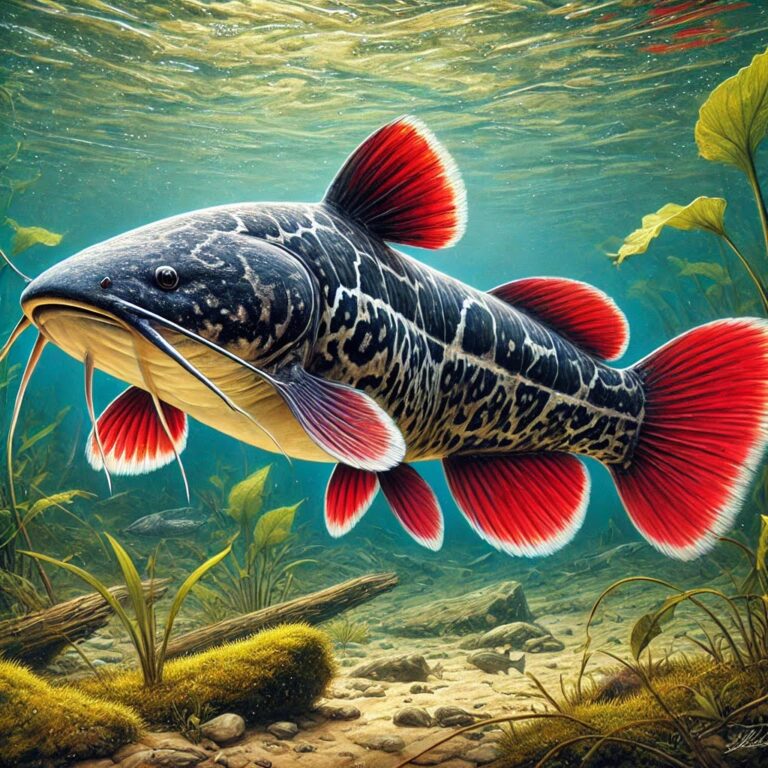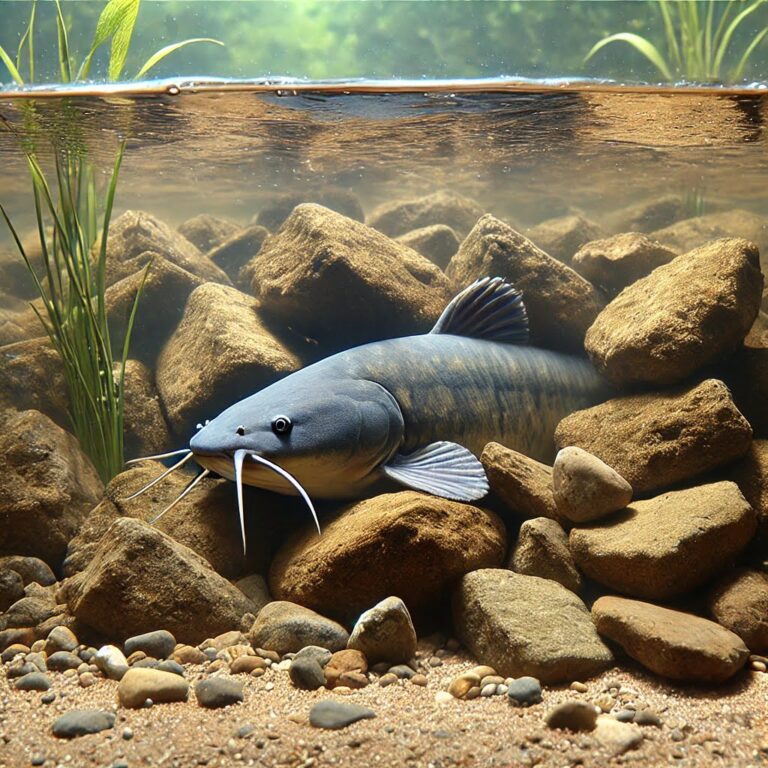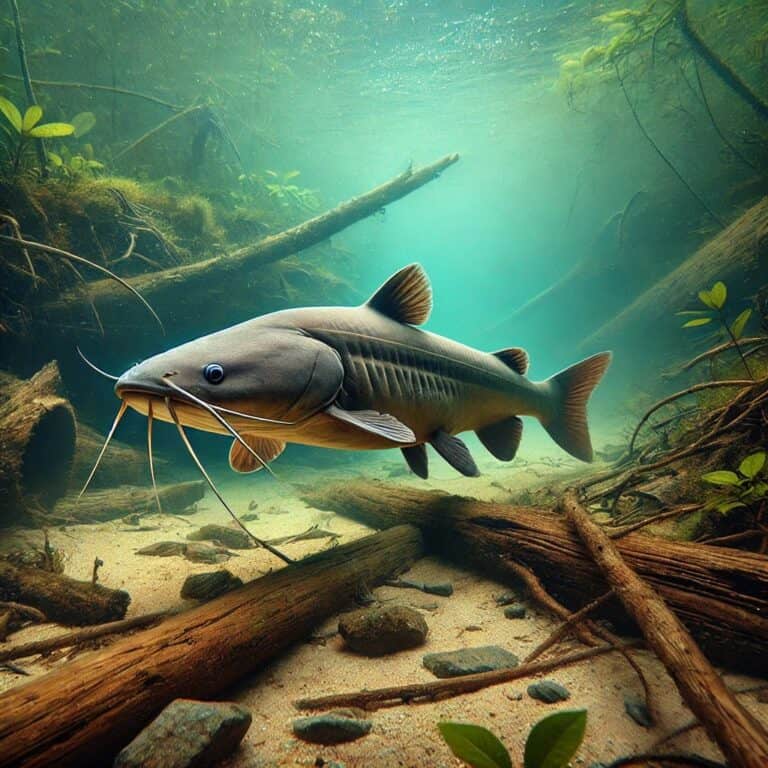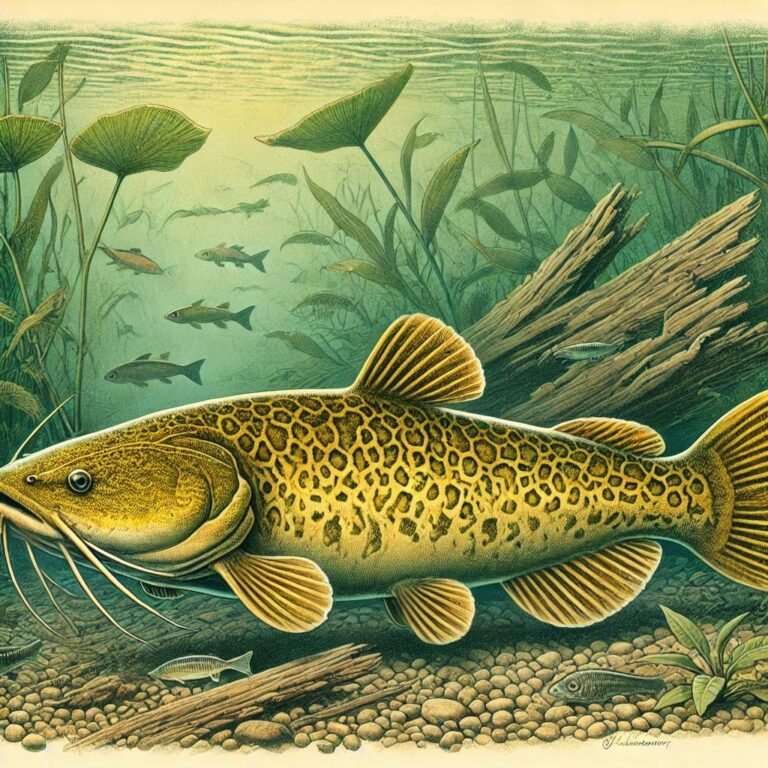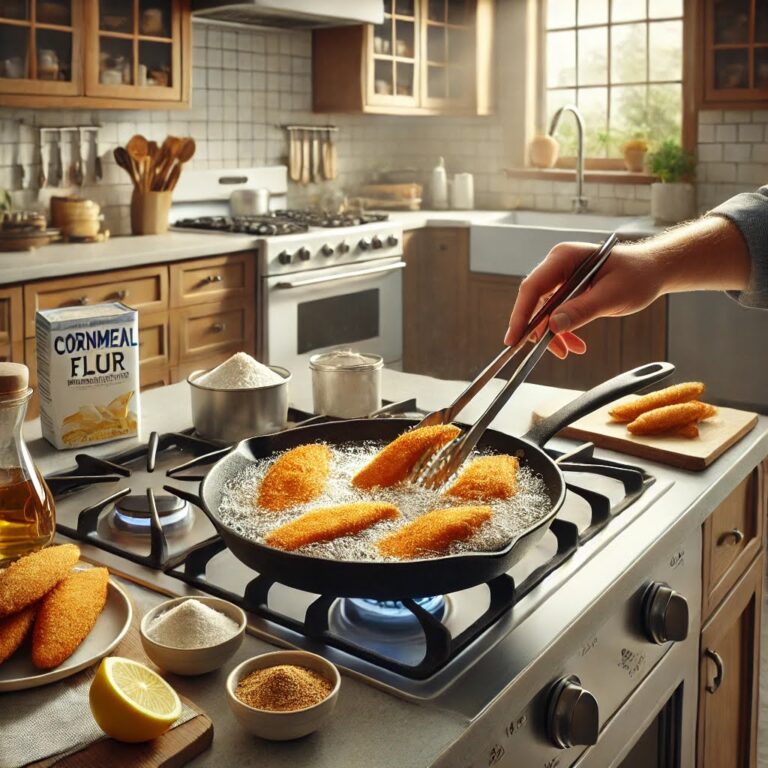Jug Fishing Mastery: How to Target Catfish Without a Boat
Jug fishing is an exciting and effective method for catching catfish, especially for those who don’t have access to a boat.
This method involves setting multiple floating jugs or bottles rigged with baited hooks, allowing you to cover a large area and increase your chances of landing catfish.
In this guide, we will provide detailed instructions and tips to help you master the art of jug fishing for catfish from the shore.
Jug Fishing – What is it?
Jug fishing is a technique that uses floating devices, such as plastic jugs or bottles, to suspend baited hooks at various depths in the water.

(image source: Wikipedia)
The jugs act as both floats and indicators, making it easy to spot when a catfish takes the bait.
This method is particularly effective in lakes, ponds, and slow-moving rivers where catfish are known to reside.
Equipment Needed for Jug Fishing
Before you begin jug fishing, it’s essential to gather the necessary equipment.
Here’s a list of items you’ll need:
- Jugs or Bottles: Use plastic jugs, bottles, or commercially available jug fishing rigs. Brightly colored jugs are easier to spot in the water.
- fishing line: Choose a strong, durable fishing line with a test strength of 20-50 pounds, depending on the size of catfish you’re targeting.
- Hooks: Use size 2/0 to 8/0 circle or J-hooks, depending on the bait size and the size of catfish in the area.
- Weights: Attach weights to keep the bait at the desired depth. No-roll sinkers or egg sinkers are good choices.
- Bait: Select bait that is known to attract catfish, such as live bait (nightcrawlers, minnows, shad, bluegill), cut bait (pieces of fish, particularly oily fish like shad or herring), or prepared bait (stink baits, dough baits, and dip baits).
- Jug Fishing Rig: Assemble your jug fishing rig with the following components:
- Mainline: The primary line attached to the jug.
- Leader: A 12-24 inch leader attached to the hook.
- Swivel: A swivel to connect the mainline and leader, preventing line twists.
- Sinker: A weight to keep the bait near the bottom or suspended at the desired depth.
Setting Up Your Jug Fishing Rig
- Prepare the Jugs: Attach the mainline to the handle or neck of each jug. Ensure the line is securely fastened to prevent it from slipping off.
- Add the Sinker: Tie a sinker to the end of the mainline to keep the bait near the bottom.
- Attach the Leader: Connect a swivel to the mainline above the sinker, then attach the leader to the swivel.
- Tie the Hook: Tie a hook to the end of the leader using a strong knot, such as the improved clinch knot or Palomar knot.
- Bait the Hook: Bait the hook with your chosen bait. Ensure the bait is securely attached to prevent it from falling off in the water.
Selecting the Best Locations for Jug Fishing
Finding the right location is crucial for jug fishing success.
Catfish are often found in areas with ample cover and food sources.
Here are some tips for selecting the best spots:
- Deep Holes: Catfish often reside in deep holes during the day. Look for areas where the water depth changes suddenly.
- Drop-Offs: These are underwater ledges where the water depth drops off quickly. Catfish use these areas as ambush points for prey.
- Submerged Structures: Fallen trees, brush piles, and rock piles provide cover for catfish. These structures attract baitfish, which in turn attract catfish.
- Inlets and Outlets: Areas where water flows into or out of a lake or pond are prime feeding spots for catfish.
- Shallow Flats: During the night, catfish move into shallow flats to feed. These areas are ideal for night fishing.
Setting Your Jugs
- Select the Right Time: Catfish are most active during low light conditions, such as early morning, late evening, and at night. Plan your jug fishing trips accordingly.
- Space the Jugs: Spread the jugs out across the chosen area, placing them 20-30 yards apart. This allows you to cover more water and increases your chances of encountering catfish.
- Vary the Depths: Adjust the depth of each jug by varying the length of the mainline. This helps you determine the depth at which catfish are feeding.
- Monitor the Jugs: Keep an eye on the jugs for any movement. A jug that moves erratically or submerges indicates a catfish has taken the bait.
Retrieving and Handling Catfish
- Retrieve the Jugs: When a jug moves or submerges, carefully wade out or use a long pole to retrieve it. Approach the jug slowly to avoid spooking the fish.
- Set the Hook: If using circle hooks, the catfish will often set the hook themselves. For J-hooks, set the hook by pulling firmly on the line.
- Land the Fish: Use a net to help land larger catfish. Be cautious when handling catfish, as they have sharp spines on their dorsal and pectoral fins.
- Remove the Hook: Use pliers to carefully remove the hook from the catfish’s mouth. If the hook is deeply embedded, consider cutting the line and leaving the hook in place. The hook will eventually rust away.

Legal Considerations and Ethical Practices
Before you start jug fishing, it’s important to familiarize yourself with local fishing regulations.
These regulations vary by location and may include restrictions on the number of jugs, hook types, and fishing areas.
Always follow these guidelines to ensure sustainable and legal fishing practices.
Additionally, practice ethical fishing by following these tips:
- Catch and Release: If you’re not planning to keep the catfish, release them carefully back into the water. Handle the fish gently and minimize the time they spend out of the water.
- Proper Disposal: Dispose of any trash, unused bait, and fishing line properly. Keeping the environment clean helps preserve fish habitats and ensures a healthy ecosystem.
- Respect Other Anglers: Be mindful of other anglers and their fishing spots. Avoid placing your jugs too close to others and maintain a respectful distance.
Advanced Tips for Jug Fishing Success
- Use Multiple Bait Types: Experiment with different bait types to see what works best in your fishing area. Catfish can be selective, so having a variety of baits increases your chances of success.
- Adjust for Current: In slow-moving rivers or areas with currents, adjust the length of the mainline to keep the bait at the desired depth. Consider using heavier weights to prevent the bait from drifting too far.
- Night Fishing: Catfish are more active at night, making it an ideal time for jug fishing. Equip your jugs with glow sticks or reflective tape to make them easier to spot in low-light conditions.
- Weather Conditions: Pay attention to weather conditions. Catfish tend to be more active before and after a storm. Overcast days can also be productive, as catfish are more likely to feed in lower light conditions.
- Keep a Log: Maintain a fishing log to record your jug fishing trips. Note the locations, bait types, weather conditions, and the number of catfish caught. This information can help you identify patterns and improve your future fishing trips.
Troubleshooting Common Issues
Even with the best preparation, you may encounter challenges while jug fishing.
Here are some common issues and solutions:
- Tangled Lines: To prevent lines from tangling, avoid placing jugs too close together. Use swivels to reduce line twists and check your lines regularly for tangles.
- Bait Stealers: Small fish or turtles may steal your bait. Use larger baits or secure the bait more firmly to the hook to reduce bait loss.
- Missed Bites: If you’re missing bites, consider using smaller hooks or adjusting the depth of the bait. Ensure the hooks are sharp and the bait is fresh.
- Lost Jugs: Strong currents or wind can cause jugs to drift away. Use heavier weights to anchor the jugs and mark their locations with GPS or landmarks.
Benefits of Jug Fishing for Shore Anglers
Jug fishing offers several advantages for anglers without boats:
- Accessibility: Jug fishing can be done from the shore, making it accessible to those without boats. You can easily wade out or use a long pole to set and retrieve jugs.
- Cost-Effective: Jug fishing requires minimal equipment, making it a budget-friendly option for anglers. You can use readily available materials like plastic jugs and basic fishing gear.
- Effective: Jug fishing is a highly effective method for catching catfish, allowing you to cover a large area and target catfish at different depths.
- Family-Friendly: Jug fishing is a great activity for families and beginners. It’s easy to set up and provides an opportunity for everyone to participate.
Conclusion
Jug fishing is a versatile and effective method for catching catfish, especially for those of us without boats.
By following this comprehensive guide, you’ll be well on your way to being able to have a successful jug fishing experience from the shore.
Remember to gather the necessary equipment, select the best locations, set your jugs correctly, and handle catfish responsibly.
With practice and patience, you’ll become proficient in jug fishing and enjoy the thrill of landing these powerful and delicious fish.
Happy catfishing!


